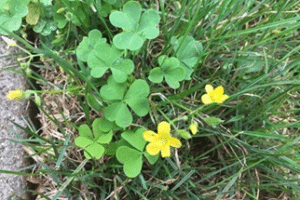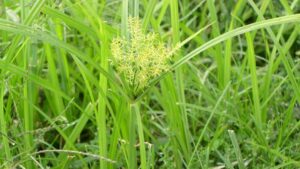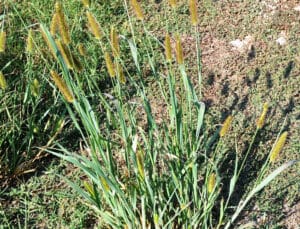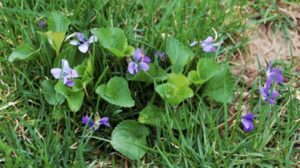Quercus rubra
Description
If you’re looking for a huge shade tree that you don’t have to worry about, the Northern Red Oak is the way to go. Long-lasting, incredibly hardy and fast growing, this tree is the perfect investment for nearly every American family.
It grows in even the worst conditions. From wide open pastures, dense forests and polluted city sidewalks, the Northern Red Oak can thrive in nearly every condition imaginable. If you have poor soil, compact space, wet sand, dry clay or urban air, you can grow this tree as well as someone with perfect soil and a wide-open pasture.
The Northern Red Oak is a beloved tree. With the honor of being the state tree of New Jersey, this tree is well loved across the country. One of the most prolific lumber producing trees and often used in cabinetry and hard word flooring, homes across the United States are filled with products made from the Northern Red Oak.
Planting
Plant your Red Oak in a spot in your yard that receives at least 6 hours of direct sunlight each day. And pick a spot that will give this tree plenty of room to grow. Avoid places near power lines or buildings. You’ll want to give this tree at least 50′ of space. Dig a hole large enough to accommodate the root ball. After you plant the tree, tamp down the soil until it is firm. Thoroughly water the base of the tree so that water penetrates the roots. Spread a good amount of mulch around the base of the tree to retain moisture.
Watering
Water the tree to keep the ground moist. Watering deeply, once a week, should be enough to help your young tree establish roots. Once your tree matures, you only need to water in the dry seasons where you get less than 1 inch of rainfall per month.
Fertilizing
If you notice that your tree is not growing 2 feet every year, you can add a general-purpose fertilizer once a year.
Pruning
| Growing Information | |
| Mature Height: | 60-75 ft |
| Mature Width: | 45-50 ft |
| Sunlight: | Full Sun |
| Bloom Time: | |
| Growth Rate: | Fast |
| Grows Well in Zones: | 3-8 |
| Your Growing Zone: | 6 |





